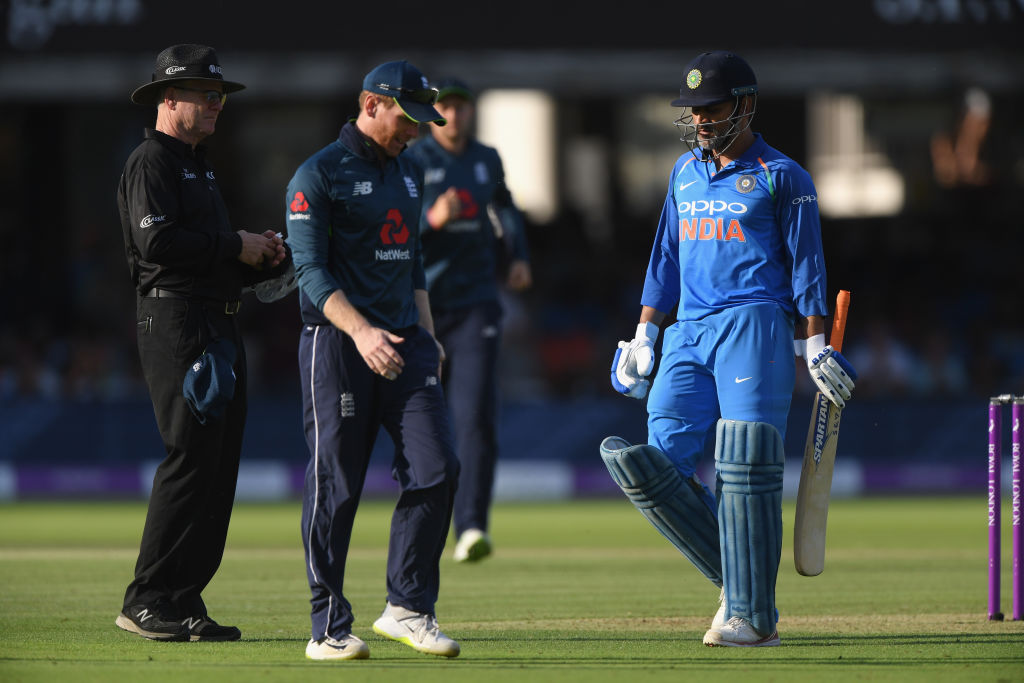England’s World Cup triumph - a lesson for Team India in planning and consistency

As England boarded the flight back to London from Adelaide after their defeat to Bangladesh in the 2015 World Cup, it seemed like there was no light at the end of the tunnel. Fast-forward four years, the Three Lions have gone from trying to rebuild their team to try building a dynasty.
"If you had offered us the position to play in a final the day after we were knocked out of the 2015 World Cup, I would have laughed at you," - these were the exact words of skipper Eoin Morgan after England thrashed their arch rivals in the semi-finals. In four years time, the Morgan-led English side have turned around the darkest phase in English cricket history into the most glorious one, ever. But what happened in the four years that preceded the 2019 glory is for each and every side to admire, take note of and perhaps, implement in the forthcoming years.
Morgan, Jos Buttler, Chris Woakes, Moeen Ali and Joe Root were only five survivors from the 2015 debacle. 17 people were handed ODI caps - including Jason Roy, Mark Wood, and a fast-tracked Jofra Archer, all of whom have been instrumental in their success. In addition to this, they recalled two veterans - Liam Plunkett and Adil Rashid - who, even in their wildest dreams wouldn’t have imagined they would play for England once again but they ended up being part of a revolution which turned English ODI cricket on its head.
After Andrew Strauss was appointed as the director, he, along with Morgan, made it clear to James Anderson, Stuart Broad, Ian Bell, and Ravi Bopara that they were not in their plans for the 2019 World Cup - none of them played an ODI for England after the 2015 debacle. With Alex Hales, Roy, Root, Morgan, Stokes and Buttler as their top six, their core was set. Of course, fitness concerns for Roy and Hales meant that they needed a backup opener, and get a backup opener they did, a world class one, in the form of Jonny Bairstow, who, then, went on to seal his place in the team as the premier opener alongside Roy.
Not only were the personnel restructured, but their approach, too. While the rise of Buttler to international cricket was a breath of fresh air, the English were still very, very conservative at the top. The fact that they had a top three of Bell, Alastair Cook and Jonathan Trott in the 2013 Champions Trophy, speaks volumes. With a top six of Roy, Hales, Root, Morgan, Stokes and Buttler, the approach for clear - “see ball, hit ball”. While Root and Morgan held the innings together, the other four went hell for leather.
In just a year's time, the English side which once struggled to post a total of 280, had posted six scores of 350 or more, including the then highest score in ODI cricket - 444 against Pakistan. Their first big test came in the Champions Trophy 2017. Despite blowing everyone away in the group stages, they crumbled to defeat against eventual champions Pakistan in the semis, and it felt like the demons of 2015 had crept in again.
But that wasn’t to be. Since CT 2017, England have won a whopping 75% of their matches. They trusted their method, persisted with their players, and reaped rewards for it. Just consider the following statistics - since the 2015 World Cup, Morgan has batted at no.4 78% of the matches, Stokes has batted at no.5 in 76% of the matches, while the more versatile Buttler had batted at no.6 in 70% of the matches. While more experimentation was done with their pacers, they had finally shortlisted it to David Willey, Tom Curran, Woakes, Wood, Plunkett and Archer, and they were able to pick and choose them from their performances.
They built a team with vision, determination, quality, consistency and most importantly - backed all of it with trust, something which was clearly lacking with the Indian team. A prime example of it is the much-debated No.4 position. Since the 2015 World Cup, India have tried a whopping 13 different batsmen in the position, and ironically, went into the World Cup with KL Rahul as their No.4 - a batsmen who had three innings under his belt at the position prior to the World Cup. The alternative? Vijay Shankar, a batsmen who had never played at No.4 till then.
Post Shikhar Dhawan and Shankar’s injury, Rahul moved to his more favourable opening spot, but it also meant that they needed to draft in a batsmen to play #4. A more logical choice would have been Ambati Rayudu, who Kohli touted as “India’s No.4 for the World Cup” just months before the start of the competition. Instead, they went in with Rishabh Pant, a player who had batted only once in the position before that. Kedar Jadhav, who has groomed for three years as India’s “go-to” man alongside Dhoni in crisis situations, was axed in favor of Dinesh Karthik, after one bad innings. Kuldeep Yadav, who alongside Yuzvendra Chahal, was the main weapon in the middle overs, was axed in favour of Jadeja - a player who was in hibernation since Champions Trophy 2017.
Suresh Raina, Yuvraj Singh, Manish Pandey, and Ajinkya Rahane were among people who played more than 10 innings post the 2015 World Cup - none of them were in the plans for the World Cup. While England built a core with a long term vision with minimal experimentation, India went around fooling themselves with no vision and false promises, and now suffered the consequences for their own actions.
As England saw their talisman Stokes drag them to victory in the final, India watched Pant and Karthik bat like fish out of water, with the score 5/3. As England look to build a dynasty, India are now figuring out a way to clear deadwood and inject youth. Never before have two teams so close to each other in rankings been so far away in their vision. India’s approach on the field is next to none, however, their approach off it, needs a major rethink, and if they continue to sacrifice long term plans for short term pleasure, they might find themselves in the exact same scenario four years from now.

Comments
Sign up or log in to your account to leave comments and reactions
0 Comments